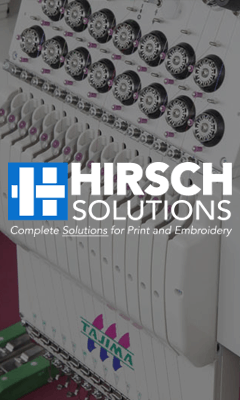Building a GPT pricing assistant for transfer pricing has been an interesting and challenging experience. We checked out a ChatGPT use case a few weeks back with Lady Print Boss. On this GPT the goal was to create a pricing model that could handle the nuances of parent sheet sizes, flat freight costs, heat transfer labor, gutter requirements, and overages. Here’s how it all came together.

The first step was defining the parent sheet sizes: 12.5″x11″, 22.5″x12.5″, and 25″x22.5″. I needed to break down each aspect for the GPT to understand and calculate the correct transfer prices. The gutter is a crucial part of the process 0.125″ of space is required per transfer. I had to teach the GPT how to add this gutter to each transfer to ensure proper calculations. The heat press application had to be factored into the per-transfer cost, which was an important step in the logic.
After a few trial-and-error scenarios where the GPT made some random calculation mistakes, things started to improve. I continued to refine the logic by explaining freight costs and how they were distributed per sheet. Eventually, the GPT started outputting an accurate pricing chart in the build section.
However, when I made my first request—14 pieces, 8.5″x5.5″ transfers—the GPT pricing assistant for transfer pricing failed to account for the gutters. I had to go back to the working stage. Spoon feeding an AI and continuous feedback is necessary to get things right. Even then it can be a challenge. Finally we arrived at an output methodology and I ran the testing on the User side of the GPT. It didn’t work. This was frustrating, because on the build side my GPT was working. I went back again and asked the GPT to write its own logic, which it did, and I made small adjustments. From there, I created a NEW GPT without the errors.


Comments